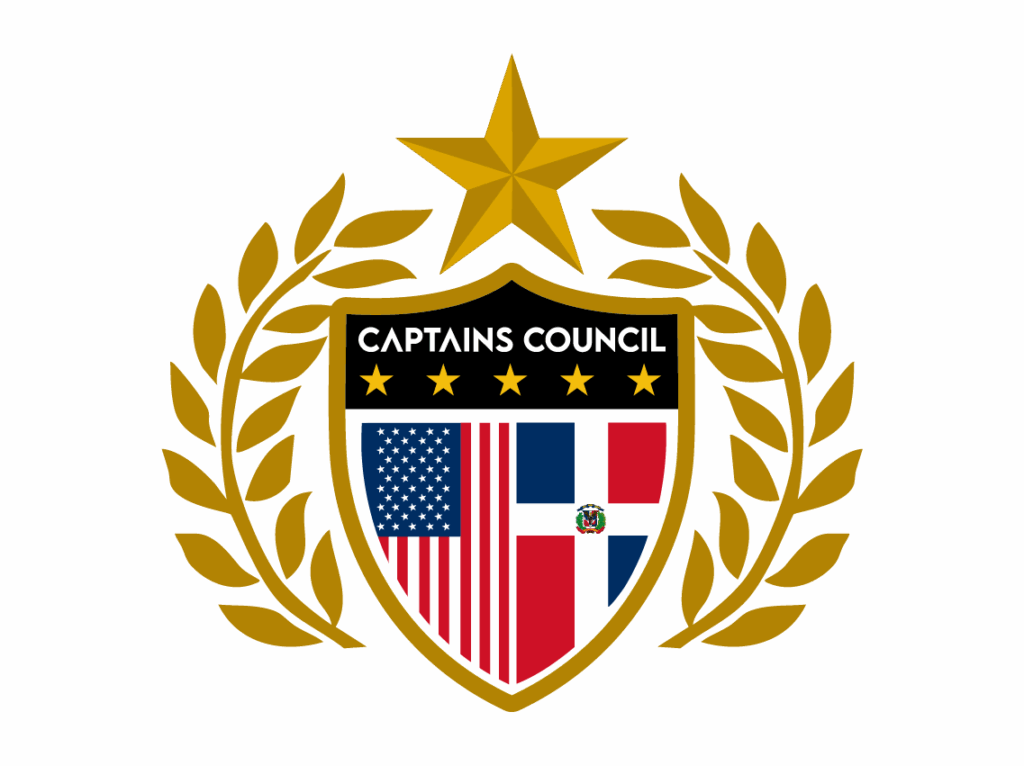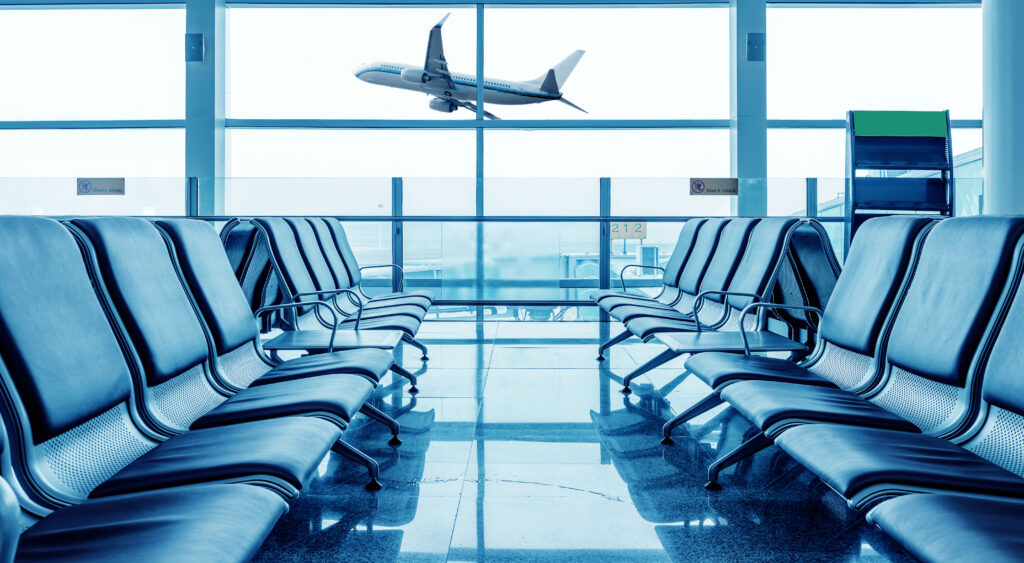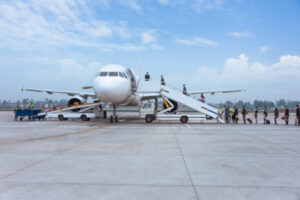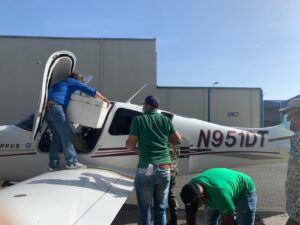The career of an airline transport pilot can be one of the best-paid middle-class professions in any country. Because of this, many nations have protectionist policies for their airline pilot positions. In our region of the Americas, the best-known case is Mexico, which has one of the strictest restrictions in this regard, while the United States has one of the most relaxed. Our country follows a restriction similar to that of most American nations, although it allows certain exceptions to the rule. Due to the accelerated growth of Dominican aviation, it is important that we revisit this legal concept.
Dominican Law
In the case of the Dominican Republic, this issue is regulated by Articles 120–123 of the Civil Aviation Law No. 491-06 (and its amendments), which state that “all aeronautical personnel described in this section must be Dominican, except for those providing services to foreign operators” (Art. 120, Law No. 491-06). This covers not only pilots, but also mechanics, air traffic controllers, inspectors, flight operations managers, dispatchers, and any other individual forming part of a crew (Art. 1, definitions, Law No. 491-06). Articles 121–123 define short-term exceptions to this rule, whereby the IDAC Director may grant temporary permits for foreigners to train Dominican personnel in these positions.
At first glance, this regulatory philosophy seems beneficial—protecting local jobs from foreign competition and ensuring that companies focus on hiring and training Dominicans. The problem arises when we aim to grow the industry quickly, as has occurred in recent years. Aviation-related companies are usually large multinationals that move specialized personnel from one country to another to support the growth of local projects. Such is the case of the largest airline in Latin America, LATAM Airlines.
Foreign Examples
LATAM began as a Chilean company in 1932 under the name Línea Aérea Nacional (LAN). For much of its history it was state-owned, but in the late 1980s it became a private company. Chile has one of the most liberal legislations in the continent regarding foreign investment in aviation and foreign work permits for the aeronautical sector (the author himself began his airline pilot career at LAN Cargo in 2011). This has helped Chile achieve the most developed commercial aviation industry in Latin America, serving as a benchmark across all areas—from aerospace engineering to pilot, mechanic, dispatcher, and technical training.
Since its privatization in 1989, LAN has looked abroad for growth. Later, Scandinavian Airlines bought 49 % of LAN, helping drive its rapid development. In 1998, LAN signed a cooperation agreement with Lufthansa to create a massive maintenance base in Santiago de Chile. In 2002, LAN began its international expansion with LAN Perú and LAN Ecuador, followed in 2004 by LAN Dominicana (a short-lived project halted by American Airlines’ intervention). In 2012, LAN executed its most aggressive expansion by purchasing TAM Brasil, creating the corporate giant LATAM Airlines, one of the world’s largest carriers, with more than 38,000 employees, over 160 aircraft, and more than US $ 5 billion in annual gross revenue.
Another major regional success story is Copa Airlines of Panama, which also benefits from a legal framework favorable to international expansion. The company employs pilots and technicians from all over the world and leverages foreign capital for development. With more than 85 Boeing 737 aircraft and over 9,500 employees, Copa is another example of regional achievement.
Present Day Realities
This brings us back to the Dominican Republic, where the national aviation industry has entered a significant expansion phase over the past 5–7 years. The creation of companies such as Arajet and SkyHigh Dominicana has resulted in an exponential increase in job opportunities for aeronautical professionals in the country. If we add to that projects like the new MRO (Maintenance, Repair & Overhaul) station at Punta Cana International Airport, as well as the DULUS Project of the Dominican Air Force (which could mark the beginning of a local aircraft-and-parts manufacturing industry), we face an enormous opportunity for growth.
As an industry, we must sit down with all stakeholders—business and labor alike—to create a joint development strategy that encourages foreign investment while protecting local jobs.
Part Two: Balancing Protectionism and Foreign Investment
Let’s begin by examining Dominican legislation, which highlights two key principles:
- The acquisition of technical knowledge by Dominicans through foreign expertise.
- The protection of national employment against an over-saturation of foreign workers.
On Knowledge Transfer
According to Article 121, the entry of foreign personnel is permitted when “there are no duly qualified nationals,” and only “for the time strictly necessary to train and prepare Dominican technical personnel in the specialty or specialties in question.”
But how long does it take to train an aviation technician? The answer depends on the position, level of responsibility, and experience required. In this sector, experience is everything—for example, pilots keep detailed records of their flight hours and positions held (first officer, captain, instructor, etc.). For this reason, the legislator leaves it to the IDAC to determine the appropriate timeframe for knowledge transfer.
On Reciprocity and National Protection
Article 120 is clear: aeronautical personnel must be Dominican. The exceptions are based on reciprocity, meaning that only technicians from countries where Dominicans are also allowed to work may be accepted. This is common in other protected professions.
Thus, two conditions must be met to hire foreign technical staff:
- They must serve in an instructive capacity and possess greater experience.
- They must come from countries granting reciprocity to Dominican technicians.
Even in these cases, their stay must be temporary.
However, this requires the IDAC to maintain updated knowledge of each country’s laws—a complex task. Moreover, individuals cannot be held accountable for the laws of their countries of origin. And, in many cases, companies (or the government itself) may need experts from nations that do not offer reciprocity to the Dominican Republic, thus losing valuable educational opportunities due to a mere legal technicality.
The Human Factor
It is crucial to consider the human element—essential in modern aviation. Moving to another country poses enormous challenges for professionals and their families. Many Dominicans have experienced this firsthand, emigrating for lack of local opportunities. We must ask: Do we want to attract the best, or just the minimally necessary? The answer depends on our national ambitions.
The Dominican Republic is still in an early stage of aeronautical development. We lack educational centers capable of supplying, at the required pace, the growing demand for qualified technicians—especially aircraft mechanics. In other words, investment is outpacing education. Our goal must be to sustain this boom while opening more opportunities for Dominicans in the sector. To do so, we must attract more investment, both domestic and foreign.
How Do Other Countries Protect Their National Workforce?
To answer this, let’s focus on pilots. In the U.S. and Chile—two of the hemisphere’s most advanced aviation markets—this protection is achieved through unions.
Chile experienced exponential aviation growth in the 2000s through the rapid expansion of its flagship carrier, LAN Airlines. LAN negotiated with the pilots’ union to cap foreign personnel at 10 % of its workforce (note that this limit was not about training Chileans, since Chile already has one of the most advanced aviation-education systems in the region).
The same occurred in the United States when the long-anticipated “pilot shortage” finally arrived—a turning point for the North American airline industry, as mass pilot retirements and rapid airline expansion led to a shortage of qualified aviators.
Through strong unions, the U.S. created special visas like E-3 (for Australians, Chileans, and Spaniards) and EB-2 (for aviation professionals worldwide). National workforce protection is achieved because each year, unions must approve how many foreign pilots companies can hire, thereby preventing shortages. (As in Chile, the U.S. does not employ foreigners solely for training purposes—it already has the best-trained personnel in the world.)
Proposal for the Dominican Republic
Given all of the above, it is clear that the Dominican Republic must update its aviation laws and regulations to encourage foreign investment and facilitate knowledge transfer—not just for training Dominicans, but also to allow those who wish to build their careers and families here to do so.
We therefore propose several modern strategies:
- Amend the Dominican aviation law and regulations to make the entry of foreign expertise more flexible.
- Follow the U.S. and Chilean model, assigning labor-protection responsibilities to pilot unions. Since the Dominican Republic has no pilot unions, we propose the creation of a professional pilots’ association or “college”to fulfill this role, as done in those countries.
Because these changes affect labor protections and could be seen as losses of rights, the process must be transparent and built through consensus among all stakeholders. We therefore propose working groups representing labor, business, and government sectors.
These simple changes in Dominican regulatory philosophy could open the door to more sustainable growth in civil aviation—growth that benefits both labor and education, while boosting related industries. We can choose between maintaining a small but protectionist aviation sector, or building a dynamic and expanding one on its way to becoming a regional leader.
This article was originally published in two consecutive parts on April 16 and 23 of this year, in the “Hablan los Pilotos” column of the newspaper Diario Libre, authored by the same author




